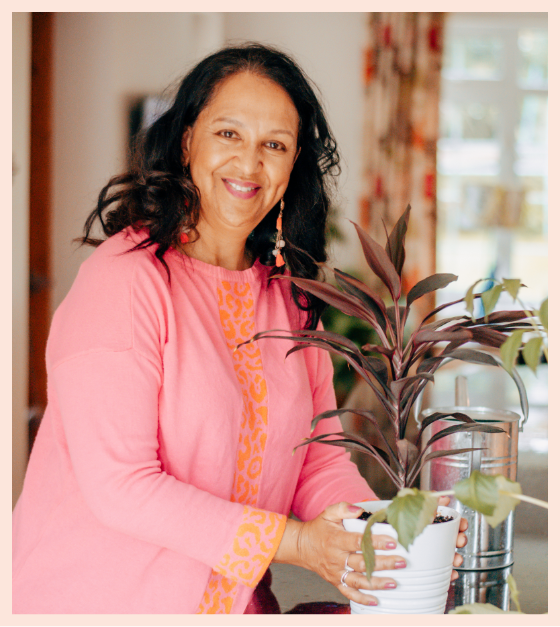

Designing with wellbeing in mind.
Mindfulness, green living, health, holistic living, wellbeing, escapism.
These are some of the buzzwords we are hearing more often and it is having an increased influence
on our lifestyle choices and how we choose to live and work.
What is Biophilic Design?
The word Biophilia was described as ‘the passionate love of life and all that is alive’ by psychologist Erich Fromm in 1964. The term was popularized by biologist Edward O Wilson in the 80’s, who in his book Biophilia, defines it as the ‘urge to affiliate with other forms of life.’
The places that we feel most calm, relaxed or want to unwind would probably be relaxing in the garden, being at the seaside, walking in the woods, escaping to a rural retreat, in short, anywhere connected to nature.
Nature is uplifting and makes us feel good. Evidence based research and numerous case studies over the past 30 years has demonstrated the positive benefits that this can have on our mental and physical health and overall sense of wellbeing. Large corporations like Amazon, Google and Apple have invested substantially in applying Biophilic design elements in their workplaces to reap the benefits of a healthy workplace.
The benefits of Biophilic design in the places we work and live.
- Improves productivity, mental stamina and creativity
- Reduces stress levels, blood pressure and heart rates
- Creates a sense of calm and relaxation
- It improves moods, lifting one’s spirit giving you that happy feeling.
- Promotes quicker recovery from illness, reduces anxiety and alleviates mental fatigue

How we can incorporate Biophilic design in our homes
Biophilic design in the home should not ‘be seen’ as just a trend or only used for a certain style. I believe it will become an important, integral element of design, just as lighting is considered in a good designed scheme.
Some of the biophilic design principles to consider are;
• Allowing natural light to flood a room by through large windows, skylights, glazed walls etc. This aids in elevating one’s mood and natural light is good for our circadian rhythm.
• Bifold or sliding doors that frames views onto the garden or any other greenery thereby blending the outside with the inside creating a calming restorative quality.
• Introducing plants in the home that not only serve as a visual stimulant but also aid in purifying the air. Simply a natural air purifier!
• Artwork, wall murals, wallpaper that all mimic natural scenery, e.g. flora and fauna, animal prints, foliage, landscapes, etc. This can enhance feelings of relaxation.
• Introducing colours, textures, patterns, natural materials and forms that provide a visual stimulant linked to nature.
Biophilic design continues to evolve in the world of architecture and design. Thoughtful consideration needs to be given to not only create beautiful, functional spaces but also healthy spaces in which to live and work.

Feel free to give me a call on 07870 821444.
I would love to help you create a home you can thrive in.
